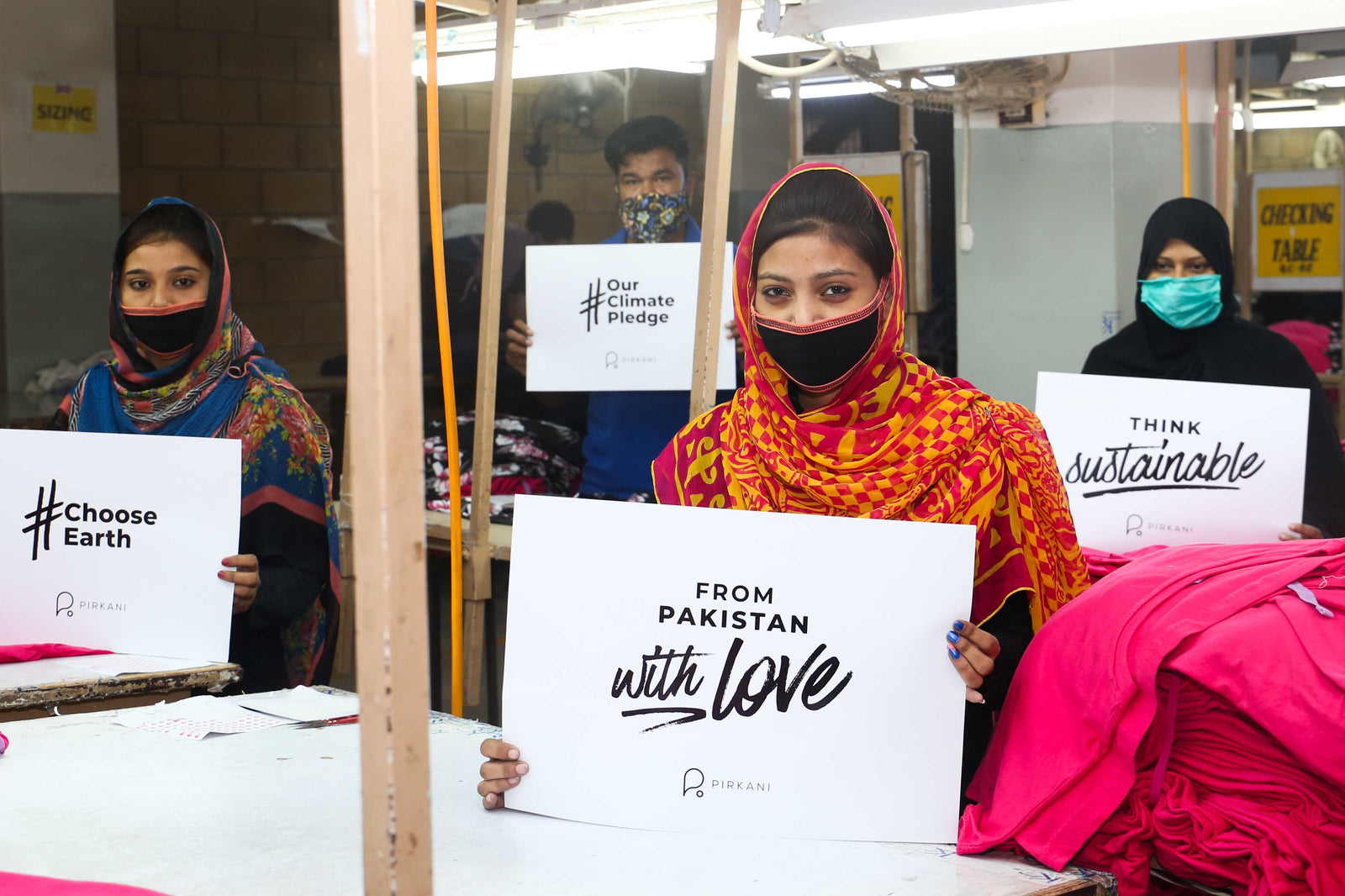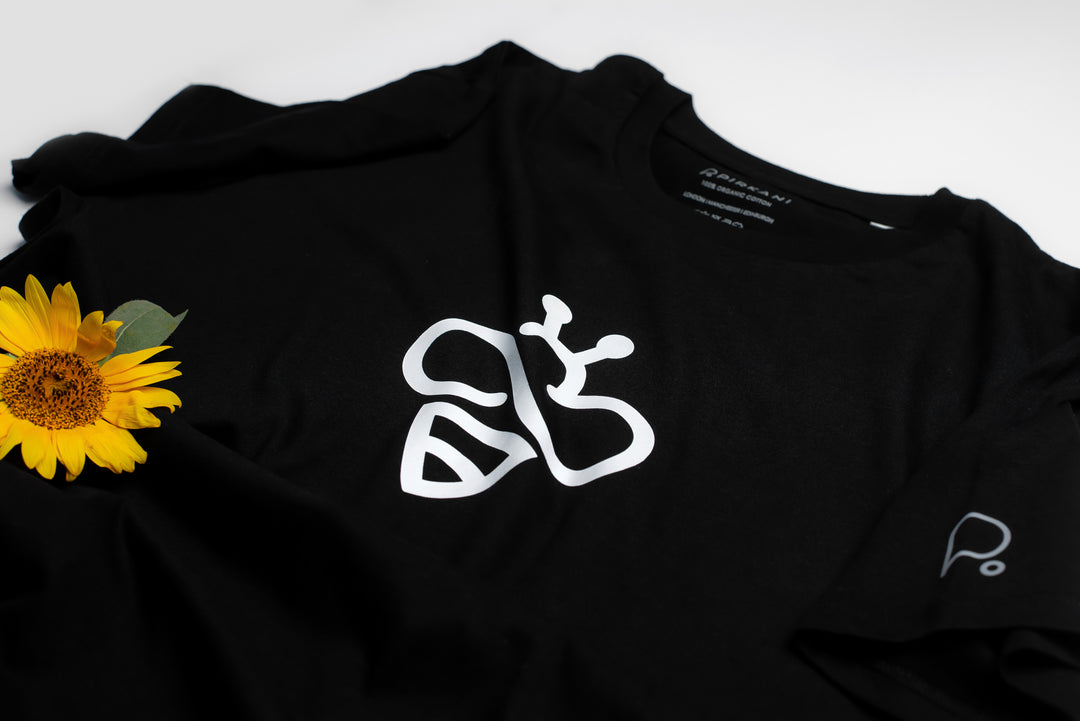The Transparency of Supply Chain in the Fashion Industry

Rightly so, transparency has become one of the buzzwords in the fashion industry. With the need of sustainable supply chains, the need for transparency has drastically increased, everyone from consumers to fashion editors is starting to look beyond the clothes on a mannequin. There’s no denying that bringing transparency to the textile industry won’t be easy. It’ll require a multi-faceted approach that takes into consideration the perspective of everyone from the farmers to textile workers.
We’re deep-diving into the world of the fashion industry to look at why transparency is needed and how it can be achieved. This article tackles everything from issues with transportation and packaging to the role everyday consumers can play pertaining to transparency.
The need for transparency
Transparency more than a buzz word has become the need of the hour. There is a genuine need to bring transparency to the supply chain. Consumers are increasingly wanting to make more informed decisions about their purchases and the brands they choose to support. Growing concerns around everything from ethical sourcing to the environmental impact of supply chains have consumers asking more questions than ever before.
Government agencies are also demanding more transparency on goods entering and exiting the country. Origin documents and regulations are becoming stricter in the United Kingdom and the United States for textile and apparel.
Forbes has already come out and said that “transparency is no longer an option; it’s a must” for businesses. For businesses to claim they’re ethical, they must be able to show their credentials for such a claim. There is the potential for brands to trade on an image of transparency and ethics that can see them cashing in and making a return on their investment.
Research by Accenture has found that brands who clearly communicate their ethics are more likely to see consumers spend with them and stick by their brand. With growing calls for transparency, there’s also a need to bring standardisation with it.
Status of standardisation in the textile industry
The textile industry is no stranger to ethical concerns. Amongst the most common concerns is that of child labour, with underprivileged children in developing countries exploited as cheap labour. The ILO estimates that 170 million children are being exploited by the textile and apparel industry. Similarly, social issues are a big concern for farmers within the textile industry. Most cotton farmers live below the poverty line, being paid artificially low prices for their produce. Small scale farmers struggle to make a living, with workers often paid below anything that resembles a living wage, besides other ethical concerns around health and safety, environmental degradation, and animal cruelty.
There are a growing number of certifications becoming available for textile factories and brands to show off their ethical credentials. The Global Organic Textile Standard is one example of these certifications for organic textiles.
As a consumer, you’ll already be noticing more products carrying certification logos. Bluesign is another ethical certification that focuses on sustainability, including everything from health and safety standards to water emissions.
Farmer’s perspective
When we look at the textile industry’s supply chain, we have to start with the farmer’s perspective. Health and safety is an overarching issue, with most farmers developing conditions like asthma and anxiety because of the fertilizers used during the farming process.
The pesticides within fertilizer can be poisonous, leading to serious health conditions, including respiratory issues and several cancers. Long-term exposure to pesticides from fertilizer can cause chronic conditions for farmers, such as non-Hodgkin’s lymphoma and leukaemia.
An important aspect to consider is the environmental factors of farming. The fashion industry uses 1.5 trillion litres of water each year. For perspective, there are 750 million people in the world without access to safe drinking water. It takes 700 gallons of water to produce one cotton t-shirt, the equivalent of the water a single adult needs for three and a half years.
Another environmental factor that we sometimes overlook is animal cruelty, particularly with leather. Leather production is linked to widespread environmental issues. The excessive and overproduction of livestock for leather is not only animal cruelty but also a leading cause of deforestation, water depletion, and growing gas emissions.
Textile mills and factories perspective
Once the material is collected from the farms, they make their way to the next stage of the supply chain – textile mills and factories. They are another part of the supply chain that is no stranger to controversy.
Social issues are widespread, including the existence of child labour and modern slavery. Women and girls represent the overwhelming majority of both these categories. Gender inequality and human rights abuses are interlinked throughout textile factories. Textile workers rarely receive the benefits such as health insurance while being paid criminally low wages. Most of the developing countries that these textile factories operate in, do not have legislation requiring workers to receive a minimum wage.
For most textile workers, safety issues are the main concern. Safety concerns continue to be raised, with a particular focus on the lack of fire safety regulations governing these buildings. Standard practices like safety and firefighting drills are virtually absent from any textile mills.
The environmental impact of textile mills is as widespread as farms. Over 10,000 different dyes and pigments are used throughout the textile industry, with only a small number of these approved for use by government regulators.
Water waste is a major concern, with these dyes entering the local water supply. In China, 80% of groundwater from major river basins is ‘unsuitable’ for human contact due to water waste from textile mills. Textile mills have been accused of ‘greenwashing’ their supply chain by using natural dyes, which lead to significant pollution and water waste.
Hygiene and personal well-being for textile workers and their community are rarely considered. Even in the United Kingdom, textile mills have been investigated for providing their workers with no windows or ventilation. Within developing countries, most garment workers do not have access to clean water or sanitation.
Just like farmers, textile workers often find themselves dealing with health issues because of their work. Less than 1% of textile workers are likely to have health insurance coverage, meaning they have no support to deal with these medical issues.
Packaging
Before the garment reaches the consumer, there is the packaging to think about. This part of the supply chain is under constant scrutiny, where which kinds of materials are being used. Brands are continuously being pressured to swap to sustainable and recycled materials to achieve zero waste.
Some aspects of packaging that are overlooked include material choices and packaging sizes – are they recyclable? Are they environmentally friendly? And so on.
Transportation
Transportation is another part of the supply chain that we often forget about. Transparency is needed to see if companies are paying relevant taxes while transporting their goods, whether domestically or internationally. Examining the transportation portion of the supply chain also involves looking at communication channels. Are the exporters communicating through proper regulatory channels with the relevant bodies and public agencies? Moreover, what kind of transportation medium is being incorporated by executing partners. We at Pirkani, for instance, pay a premium for our transportation to be sustainable – so that we play our part.
How can consumers act responsibly in the supply chain?
As a consumer, we are the final piece in the supply chain. The consumer is the final destination and the most important piece of the supply chain. The modern consumer has a role to play in making the supply chain more sustainable. There are small but proactive steps that one can take to change how the fashion and textile industry operates.
Slow fashion – a rejection of momentary trends and super-hyper consumerism – is the future of the industry. The driving force behind the slow fashion movement is the younger demographic, including both Gen Z and Millennials. Cutting back on your shopping habits and getting genuine enjoyment from your clothing can help you swap fast fashion for a slower lifestyle.
Another step you can take is to reuse the packaging, whether it’s using the box for display purposes or as a gift box. You can also think about how you can recycle the clothing itself. You can donate it to a charity or a dedicated recycling centre that collects clothing to be repurposed. Around 85% of textiles are thrown into landfills in the United States. Imagine how much good that textile could do if it was recycled.
How is transparency achieved?
Talking about transparency is one thing – achieving it is another. If the textile industry is to implement transparency into its supply chains, there has to be a measurable way of achieving it.
One of the ways that transparency is achieved is through regular monitoring of the different stages in the supply chain. Social audits play an important role in this, as companies come under pressure to introduce a code of conduct and carry out compliance audits within their supply chain.
Mapping the supply chain is one way for the consumer to judge the brand’s supply chain. More brands are choosing to become transparent by allowing consumers an inside look at their supply chain.
Another way of facilitating this transparency is through product labelling, including more sourcing information about the textile itself. We’re used to seeing a ‘made in’ tag on our clothing but demands for transparency ask for more extensive product labelling in the future.
Benefits of transparency
The overarching benefit of bringing transparency to the textile industry is that it ensures social and environmental compliance. With COP26 right around the corner, every country is talking about ways to become more sustainable and environmentally friendly.
The recent IPPC report into climate change has shown that major climate changes are inevitable and irreversible, putting further pressure on industries to comply with environmental regulations. Introducing transparency into the supply chains of the textile industry allows factories, manufacturers, and brands to take responsibility.
Sustainability is more than just a trend. Brands and businesses that put sustainability at the heart of their production can tap into a highly marketable segment of the market. The fashion trends of the Gen Z and Millennial demographics are firmly rooted in social and environmental issues.
Brands that can pivot to the ‘woke’ future of the industry are in line to win big. Adding sustainability to the supply chain with transparency can give bands an edge over their competitor while meeting their social corporate responsibility.
Transparency leads to the building of trust. Trust allows companies to have sustainable relationships and there is where the longevity of the companies come in. With mounting pressure for all parts of the fashion industry to become more sustainable, there is a role for everyone to play. Everyone from government agencies to the consumer and textile mills has a role to play in actively changing the dynamics of the textile industry becoming more transparent. Sustainability and transparency go hand in hand as the textile industry makes its way through the 21st century.






Leave a comment